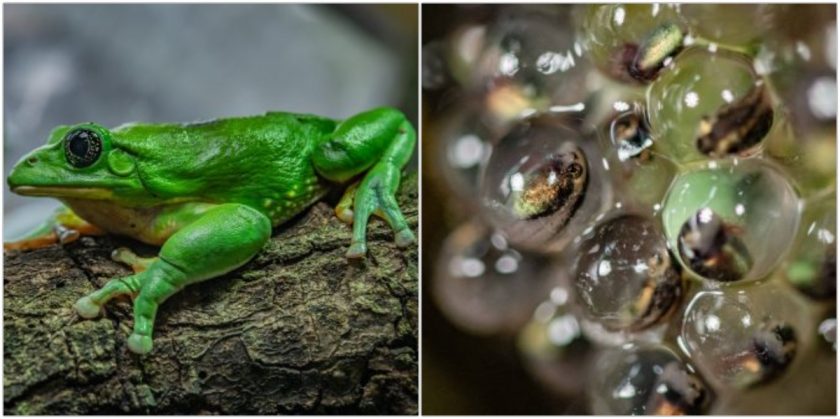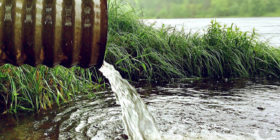Chester Zoo first in European zoo to breed “stunning” frogs only found in forests of Mexico

Chester Zoo have managed to breed frogs only found in the dry forests of Mexico, making them the first European zoo to do so.
The zoo’s amphibian experts say this breeding has unlocked “secrets” to the reproductive behaviour of the frogs.
Herpetologists had to recreate scorching temperatures, which the frogs like, in order to successfully breed the species.
Adam Bland, Lead Amphibian Keeper, says he is excited to have bred the frogs, deeming them as “stunning”.
He said: “This is breaking new ground for us.
“The intensive levels of care we’ve put into achieving this successful breeding, coupled with the skills we’ve developed and the details we’ve uncovered about the reproductive behaviour of this species in the process, could be applied to help wild populations if it becomes necessary, as is sadly already the case with so many amphibian species.
“This information could be vitally important to any conservation action which may be required in the future.”
To encourage the frogs to breed, keepers recreated conditions to closely mimic the dry forests of Mexico where the frogs originate from.
Over 100 were believed to have hatched from the eggs.
“These frogs are very, very special,” Mr Bland said.
“They’re found in parts of Mexico where it’s generally dry for long periods and so they’re adapted to tolerate extremely high temperatures of around 40 degrees Celsius.
“This would kill many other frogs, but these guys love the heat.
“When it seasonally rains, the frogs spawn and attach their eggs to sticks and plants that hang above ponds.
“They can lay over 200 eggs in one go. These eggs are transparent, and the tadpoles can be seen developing inside before they break out and drop down into the water below.
“Due to the high temperatures in their environment, their ponds dry out rapidly and so they develop incredibly quickly, turning from tadpole to froglet in just five weeks.
“This is super speedy for a leaf frog, as other species usually take up to a couple of months.
“Their habitat at the zoo has been designed to mirror this as closely as possible and we’re absolutely thrilled that it has resulted in 100 baby frogs.”
Spotted something? Got a story? Send a Facebook Message | A direct message on Twitter | Email: [email protected] Latest News








